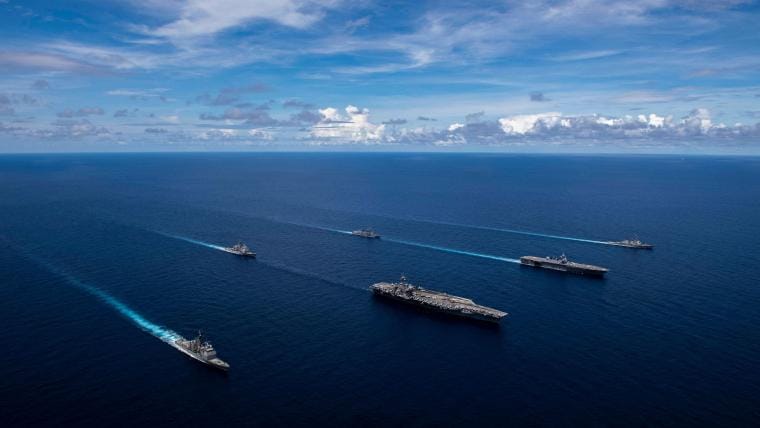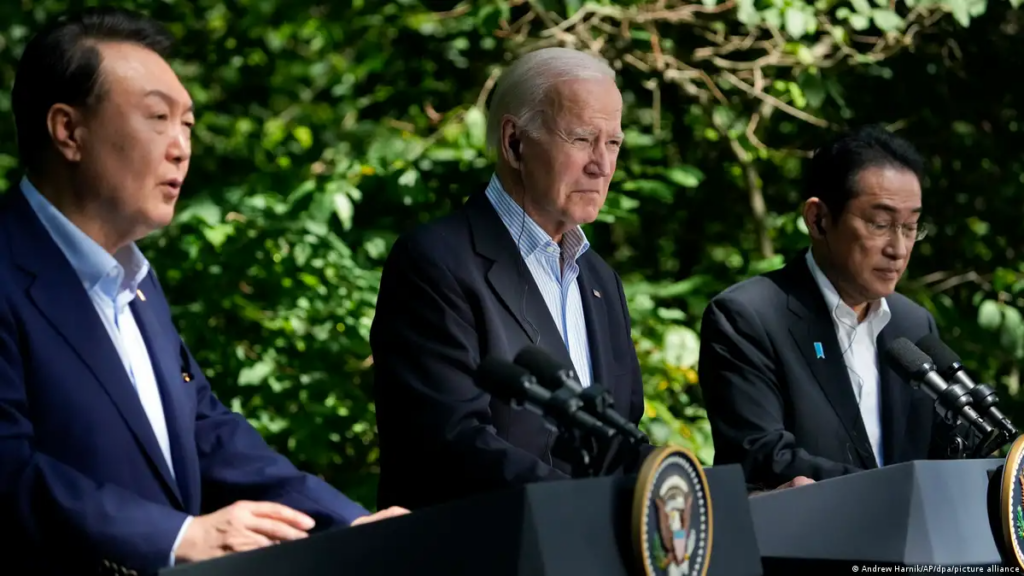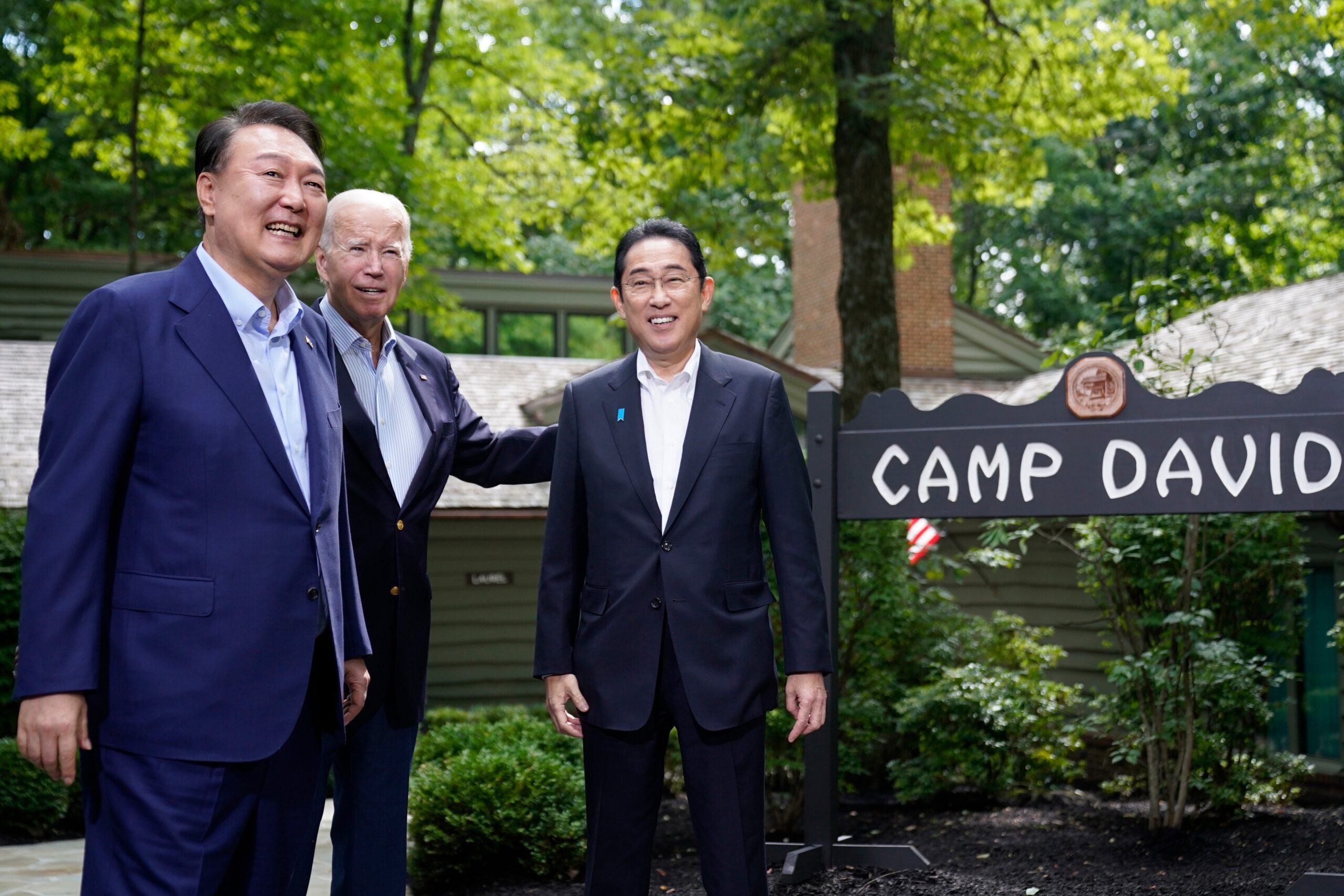On June 1, 2023, the United States and Taiwan signed a new trade deal called the US-Taiwan Initiative on 21st-Century Trade. The deal is the first agreement under a framework for talks between Washington and Taipei that was established last year. It aims to strengthen economic ties between the two countries and open Taiwan to more US exports. The deal faced a lot of criticism from China as Taiwan is claimed to be a part of China. The Chinese government feels threatened by the fact that economic ties can further transform itself into a security partnership resulting in a wrong message to the Militarized groups fighting for a sovereign Taiwan. The relationship between Taiwan and the USA is a notable achievement as it’s a sign of economic growth and strategic alliances between the two countries. However, this deal also threatens the fragile relationship between China and the United States.
About the deal, the US and Taiwan have not agreed to a free trade deal. Rather, it term as a means of easing the exchange of goods between the two countries. The agreement addresses a wide range of economic concerns, including small and medium-sized businesses (SMEs), good regulatory practices, domestic regulation of services, and anti-corruption. It also contains a promise to work together to address concerns like climate change and others according to the Office of the United States Trade Representative.
The Benefits Posed By the Deal:
It is anticipated that the US-Taiwan Initiative on 21st-Century Trade will accelerate economic growth in both nations. According to estimates, the agreement will generate more than 100,000 employees in Taiwan and over 70,000 jobs in the United States. Additionally, a $30 billion annual boost in trade between the two nations is anticipated. The agreement will also contribute to the improvement of both nations’ supply chains. The United States receives a significant number of semiconductors and other high-tech components from Taiwan. The agreement will facilitate US companies’ access to key components, thereby minimizing interruptions to the supply chain.
Previously, the United States did sign other bilateral trade agreements but none were as promising as the US- Taiwan Initiative of the 21st century. The U.S.-Taiwan Trade and Investment Framework Agreement (TIFA) is an excellent example of this. TIFA was signed in 1994 but failed due to political opposition from both countries, differing priorities, lack of progress, and China’s opposition. The two sides were unable to agree on key issues, such as the removal of tariffs on certain goods and the protection of intellectual property rights. China opposed TIFA and exerted pressure on both the United States and Taiwan to withdraw from the talks. The U.S.-Taiwan Economic Prosperity Partnership Dialogue (EPPD) is a similar example of how both countries lacked the political will to engage in a dialogue.

China’s Interests in the South China Sea:
The Peoples Republic of China published a map with a nine-dash line in 1947. When connected, the dashes form a U- Shape that encloses most of the South China Sea. Taiwan is also enclosed in that line, making it a part of Mainland China. The US-Taiwan Initiative on 21st-Century Trade could help Taiwan to develop its maritime capabilities and resist Chinese pressure. The United Nations Convention on the Law of Seas (UNCLOS) claims that China’s historic claim to the South China Sea was extinguished with the formation of the governing body. China can no longer claim control over these waters as these are beyond the 350 nautical miles continental Shelf. The 9-dash line extends beyond 800 NM posing a threat to Taiwan’s Independence. The deal could give Taiwan access to US technology and expertise, which could help it to develop its defense industry. This would make it more difficult for China to achieve its goal of reunification with Taiwan by force. Moreover, the Chinese dominance over the South China Sea can be threatened by the arrival of US vessels carrying goods for trade. While the whole world admires this bold tactic, this can result in skirmishes between Beijing and Washington. If China were to attempt to forcibly take control of Taiwan, the United States and China could go to war. The United States has a long-standing policy of “strategic ambiguity” in Taiwan, which means that it has not explicitly stated whether it would defend Taiwan if China were to attack.
However, the United States has also provided Taiwan with significant military assistance and has warned China against taking any actions that could destabilize the situation in the Taiwan Strait. Now that they are coordinating in economic corridors, the United States would likely come to Taiwan’s defense. This could lead to a major war between the United States and China, with potentially devastating consequences for both countries and the world. There are numerous different scenarios in which a conflict between the United States and China over Taiwan could occur. For instance, the United States might step in to prevent China from stopping all shipments to and from Taiwan to maintain the island’s economic viability. Or the United States might strike back if China attempted to target Taiwan’s computer system online. Any of these possibilities might result in a larger battle between China and the United States. If the US Navy Vessels were to enter the South China Sea to protect Taiwan, it would result in the use of Weapons of Mass destruction (WMDs).
China warned the US-Taiwan Initiative on 21st Century Trade, on Thursday against signing any deal “with connotations of sovereignty or of an official nature with China’s Taiwan region”. The Pentagon clarified that Beijing has declined all invitations to hold dialogue. US Defense Secretary Lloyd Austin and his Chinese counterpart Li Shangfu are expected to travel to Singapore for the Shangri-La Dialogue. There is no indication whether the officials will meet.
The US-Taiwan Initiative’s full effects on trade in the twenty-first century are still unknown. But it’s a noteworthy development that merits attentive observation. The agreement might significantly alter the balance of power in the Indo-Pacific region and help to find a solution to the Taiwan problem.



